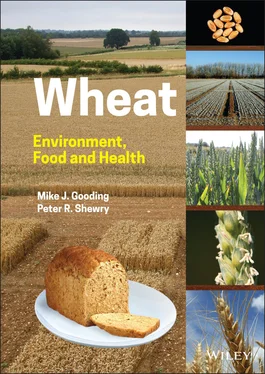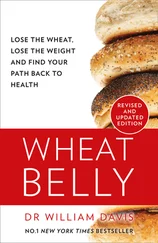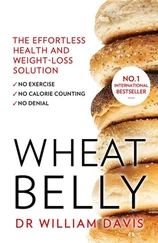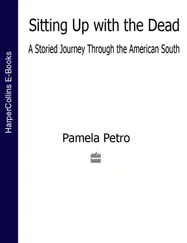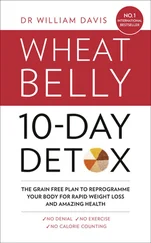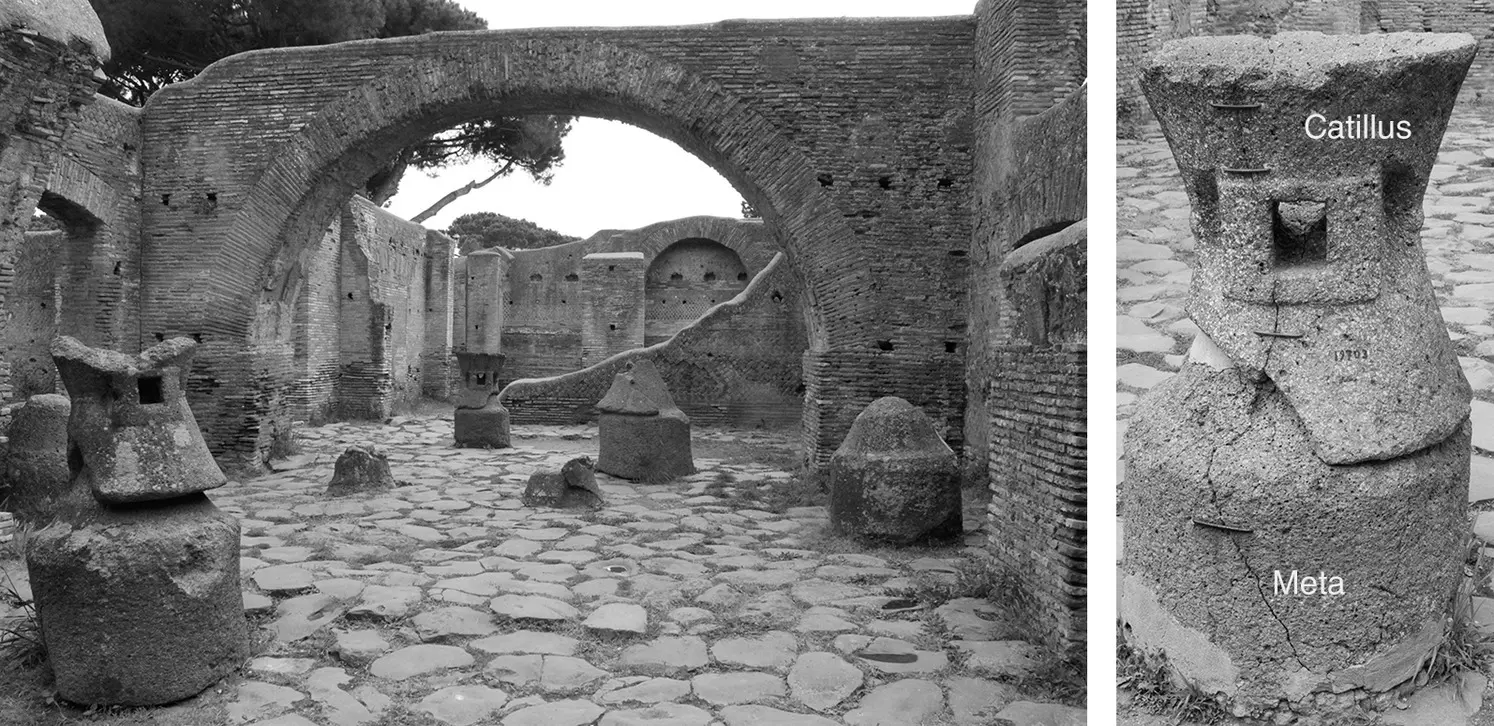
Figure 1.17 The milling room and detail of a mill in a bakery complex at the port of Rome, Ostia; constructed c. 200 CE (
Source: described by Bakker 1999).

Figure 1.18 A modern roller mill and miller.
Source: Photograph kindly provided by Dr. Mervin Poole, Heygates Ltd., UK.
1.4.2 The Cultural Significance of Bread
In view of the life or death importance of wheat, it is not surprising that it has become firmly entrenched in both culture and religion. One of the most culturally embedded types of bread is non ( Figure 1.19g), a leavened bread which is consumed throughout Central Asia. It is cooked on the wall of a clay oven (tandoor) and stamped with a wooden tool studded with pins (a chekich) to raise a pattern. It has a special status in Central Asian culture; it must be kept upright and cannot be placed on the ground or thrown away. It must be torn by hand rather than cut. At a wedding ceremony, the bride and groom both take a bite from a non and finish it the next day as part of their first meal as man and wife. Similarly, when a soldier goes to war, he takes a bite of non as he leaves. His family will then hang the bread up and only take it down once he is safely home. Uzbek‐style non is old enough to have been mentioned in the Epic of Gilgamesh (tales of the ruler of the Sumerian Kingdom of Uruk), dating from over 4000 BP.
Many readers will be aware of the significance of wheat and bread in Judaism and Christianity (Jacob 1977); both are mentioned in the Old and New Testaments of the Christian Bible. The Jews probably learned to make leavened bread during their time in Egypt; unleavened bread (matzos) is used at Passover to celebrate their escape, as a symbol that they would not have had time to make leavened bread before their flight. Unleavened bread was also used for sacrifices in the Temple; this may represent the nomadic origin of the Jews and/or the fact that early sourdough bread would deteriorate rapidly if not eaten. The major symbolic role of bread in Christianity arises from the Last Supper; it represents (in Protestant churches) or becomes (in Catholic and Orthodox churches) the body of Christ during the Eucharist/Holy Communion.
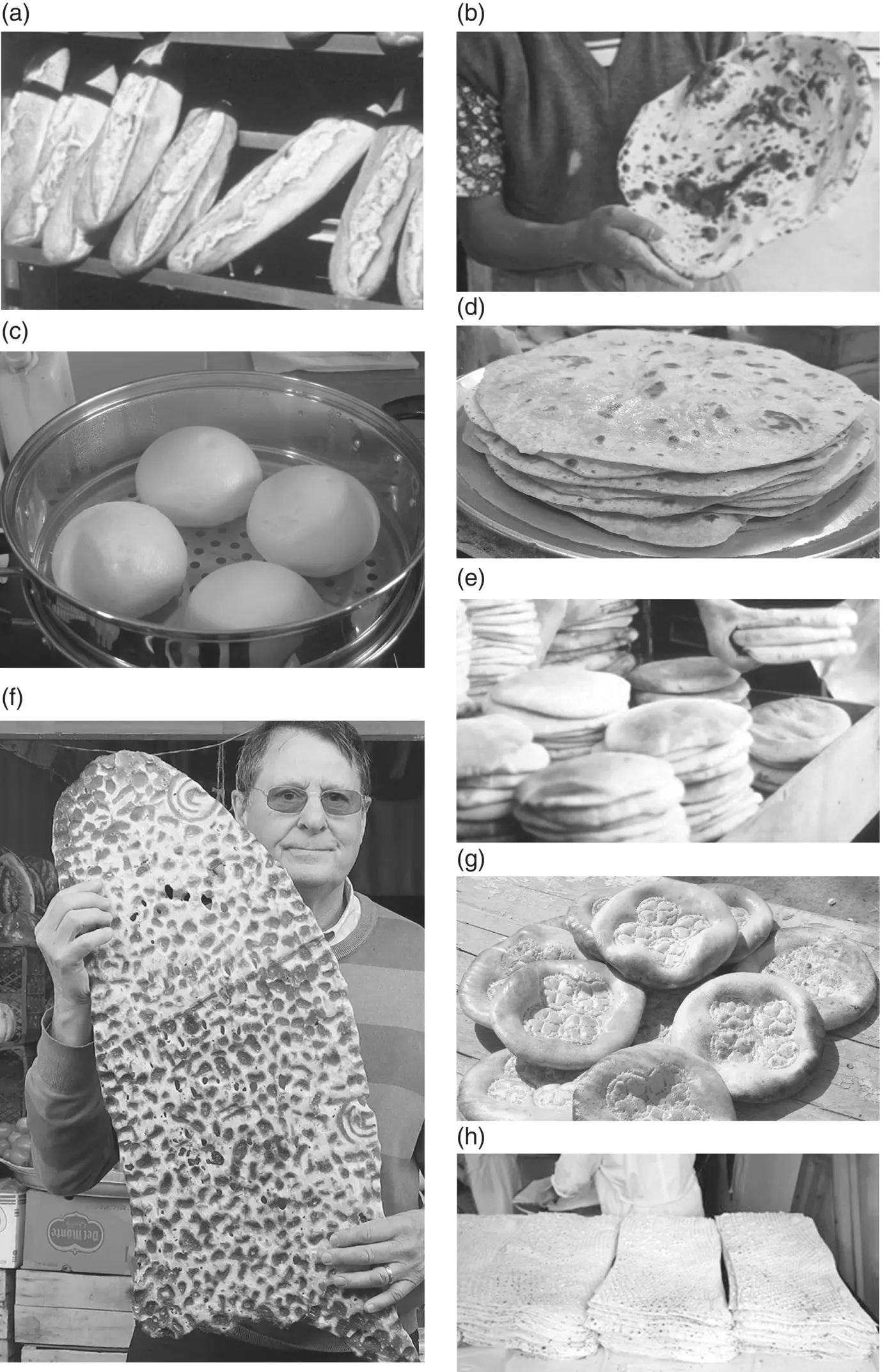
Figure 1.19 Examples of breads consumed around the world. (a) Turkish frankala hearth bread; (b) Yemeni maloung flat bread; (c) Chinese steamed bread; (d) Indian chapati; (e) Arabic pocket bread; (f) Iranian sangak; (g) Central European non; (h), Iranian lavash.
Source: All images from the author's collection except (d), which was provided by Dr. Anil Gaddameddi (Hyderabad, India).
Breads are produced in a vast array of forms, many of them restricted to specific geographical regions. They can be broadly divided into two types: high specific volume breads such as Western pan breads (although some such as French baguettes, have lower volumes) and low specific volume flat breads, which are dominant in the Middle East and Asia. Flat breads include both leavened and unleavened types, while both Western and flat breads can be leavened with yeast or sourdough systems. They also vary in how they are cooked. Although baking is the most common method, they may also be steamed or fried.
High‐volume Western breads are baked on the bottom or shelves of an oven, either unsupported (hearth breads) or in a pan which supports the loaf leading to a higher volume (pan breads). Most Western breads are produced using bakers' yeast ( Saccharomyces cerevisiae ) for fermentation, but sourdough systems are becoming increasingly popular, usually as artisanal hearth breads. Yeast‐based systems use well‐defined genetic strains of yeast that are purchased from commercial producers and, in most cases, used fresh for each batch of bread. Hence, their effects are well understood and reproducible across processes. By contrast, sourdough systems use combinations of natural lactobacilli and yeasts. In artisan systems, the sourdough cultures are perpetuated by carrying starters over between batches of dough, while for large‐scale production they may be purchased from ingredient supplies. In both cases there is wide variation in the compositions of microorganisms and their corresponding effects on the dough and bread. This poses a major challenge for researchers and food manufacturers as research carried out on one sourdough system may not apply to other systems. Nonetheless sourdough systems have become more widely used in Western‐style wheat breads over the past two decades, as part of the trend towards increased consumption of traditional foods (with perceived health benefits). Hence, there is a flourishing sourdough research community with a rapidly increasing number of publications. However, because of the issues discussed above, the generic significance of much of the work is difficult to assess.
The effects of fermentation, whether using yeast or soughdough systems, will depend on the conditions employed. In traditional breadmaking systems, the dough may be fermented overnight, or even longer. By contrast, most of the high‐volume factory bread produced in the UK and many other Commonwealth countries is produced using the Chorleywood Breadmaking Process (CBP), or processes related to this. This is a very rapid method, with the mixing and dough development being carried out in a single operation using a large amount of yeast, high energy, and control of the headspace pressure during mixing. After this, only short intermediate and final proving periods are required before baking. The effects of fermentation on the health benefits of breads are discussed in Chapter 9.
Although much of the high‐volume white bread produced globally is Western pan bread, highly attractive regional types also exist. For example, Figure 1.19a shows the most popular bread consumed in Turkey, an airy white hearth bread with pointed ends called somum ekmek or frankala . Steamed breads ( Figure 1.19c) are popular in China and Southeast Asia. Although wholemeal products have been introduced, they are traditionally made from white flour, and may be fermented using yeast or sourdough systems. Quality requirements in China range from light and open to dense texture, and from firm and cohesive to soft structure, depending on the region (Huang and Miskelly 2019).
Faridi (1988) lists over 50 major types of flat bread; only a few of these can be mentioned here. Arabic bread (often called pita) is a yeast‐leavened flat bread from the Middle East and North Africa, which can be produced from white or high extraction (bran‐enriched) flours. It is baked for a short time on the bottom of an oven at high temperature; this turns the water into steam, causing the bread to puff up, separating the two sides to form a pocket in the baked loaf ( Figure 1.19d).
Other flat breads in the region are Yemeni maloung, which is cooked on the inner wall of a tandoor ( Figure 1.19b), and sangak, which is a large thin sourdough white bread baked on a bed of small stones in Iran ( Figure 1.19f). One of the most popular breads in Iran is lavash, a white sourdough bread that exists in a range of forms including in thin crispy sheets which can be dried and stored in plastic bags for weeks ( Figure 1.19h).
Читать дальше
